Shabaab’s flag flying over the Somali military camp
Shabaab, al Qaeda’s official branch in Somalia, has released a photo report detailing last month’s attack on a Somali military camp in the town of Yaaqbariweyne in the Lower Shebelle region. The jihadist group said that 15 Somali soldiers were killed, but this number cannot be confirmed by The Long War Journal.
The photos show Shabaab fighters storming the base with small arms and technicals (armored pick up trucks) and burning several tents and vehicles at the base. Several photos show dead Somali soldiers, while one shows that at least soldier was taken captive and then was likely killed. The last photos show a large amount of weapons and four vehicles taken as “spoils.”
The Sept. 18 attack, according to Somali media, began at dawn when the jihadists attacked the base from two sides. After heavy fighting, Shabaab was then able to take both the base and the Yaaqbariweyne town, according to a local official. It is unclear if the group still holds the town, but the attack occurred while Shabaab was attacking other towns in southern Somalia. On Sept 6, Shabaab said it took over Buqda in the Hiran region, while a day later it overran Kurtunwarey in the Lower Shabelle. On the same day, Shabaab reported its forces took over the town of Muuro Gaabay, which sits close to the capital of the Bakool region.
The recapturing of several towns and cities, as well as several large-scale attacks on African Union (AU) forces in Somalia, has prompted the United Kingdom to send troops to help the AU and Somali forces. Shabaab has responded to this intervention by saying “Insha’allah [God-willing], decapitated bodies will be hung in the streets.”
Shabaab continues to remain a persistent threat despite being pushed out of its major urban strongholds of Mogadishu, Kismayo, and other large cities and towns in southern and central Somalia. It still controls large rural areas in southern Somalia, and uses these safe havens to launch large-scale assaults in the country, even with a major African Union mission present. Shabaab has also increasingly been able to mount attacks across the border into neighboring Kenya.
[For information on recent Shabaab attacks on AU forces, see LWJ reports, 12 Ugandan troops killed as Shabaab assaults base in Somalia, Shabaab claims to kill dozens of Ethiopian troops in southern Somalia, Shabaab assaults African Union base, Shabaab ambushes Burundian troops near Leego and Threat Matrix report Shabaab releases images from the ambush of Ethiopian troops.]
Photos from Yaaqbariweyne:
Are you a dedicated reader of FDD's Long War Journal? Has our research benefitted you or your team over the years? Support our independent reporting and analysis today by considering a one-time or monthly donation. Thanks for reading! You can make a tax-deductible donation here.

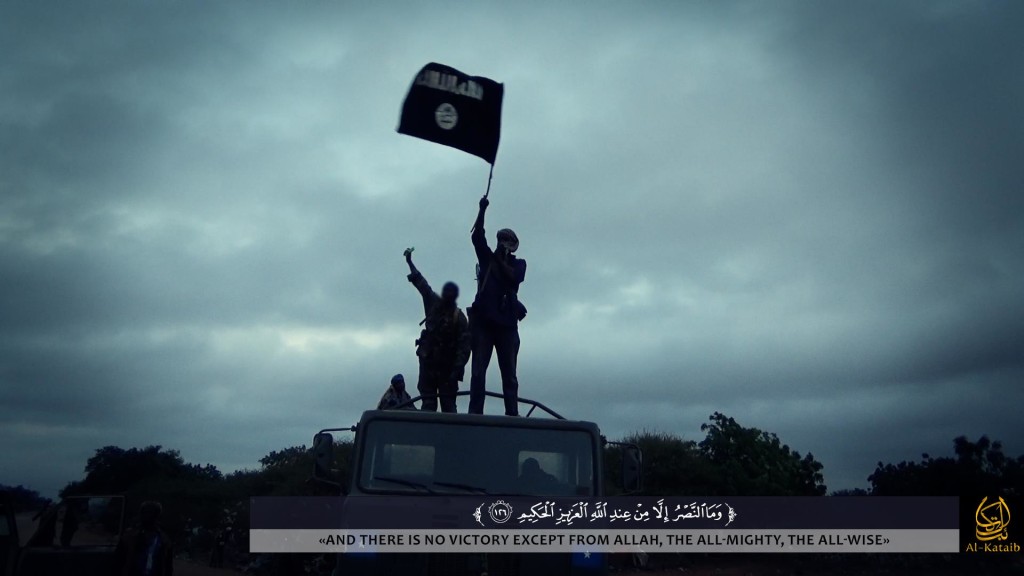
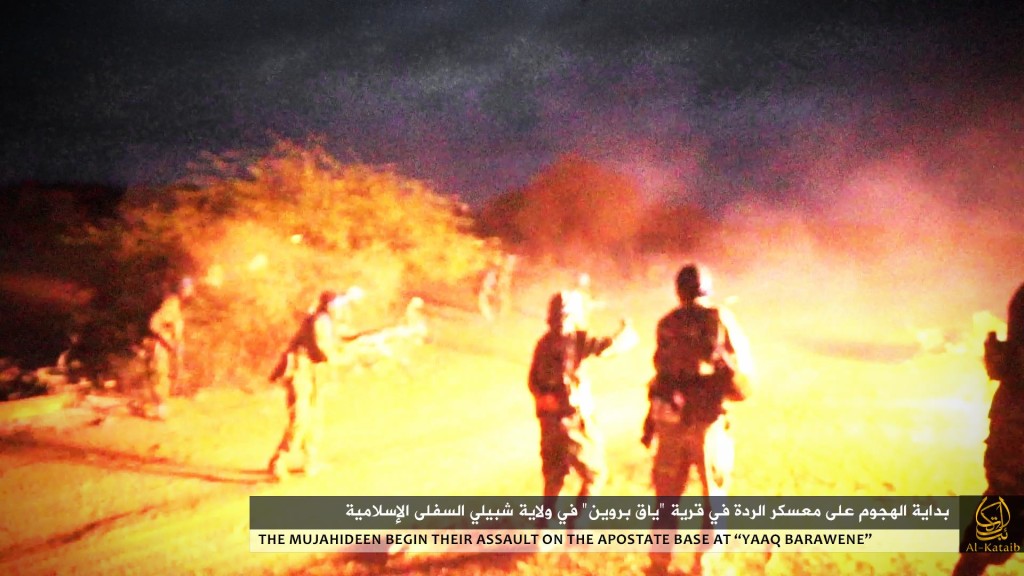
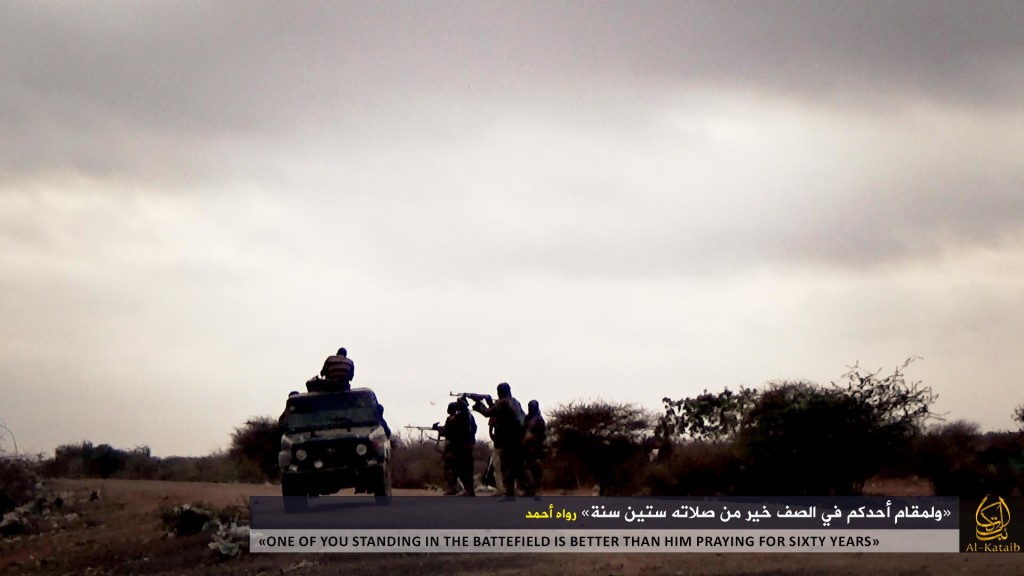
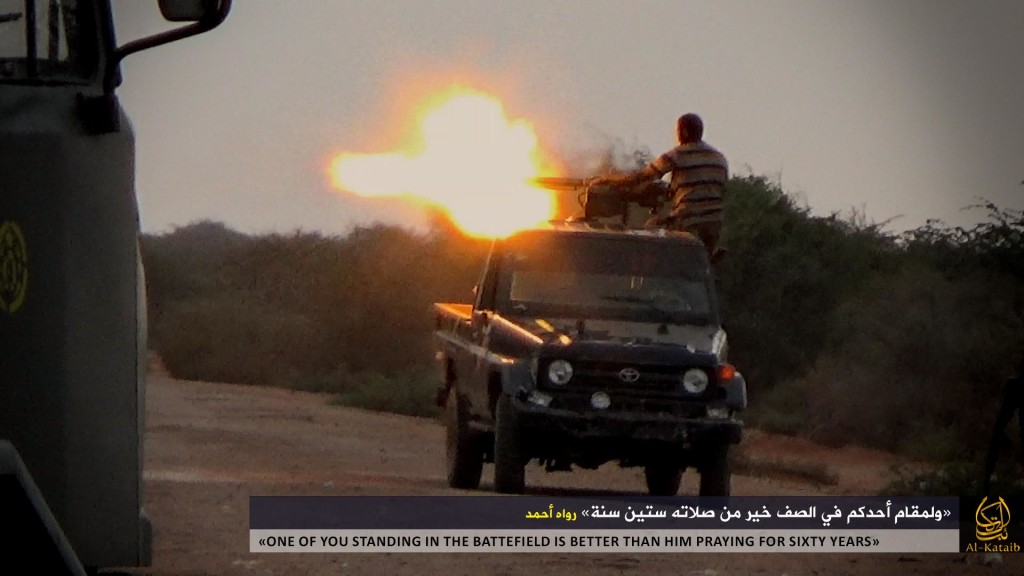
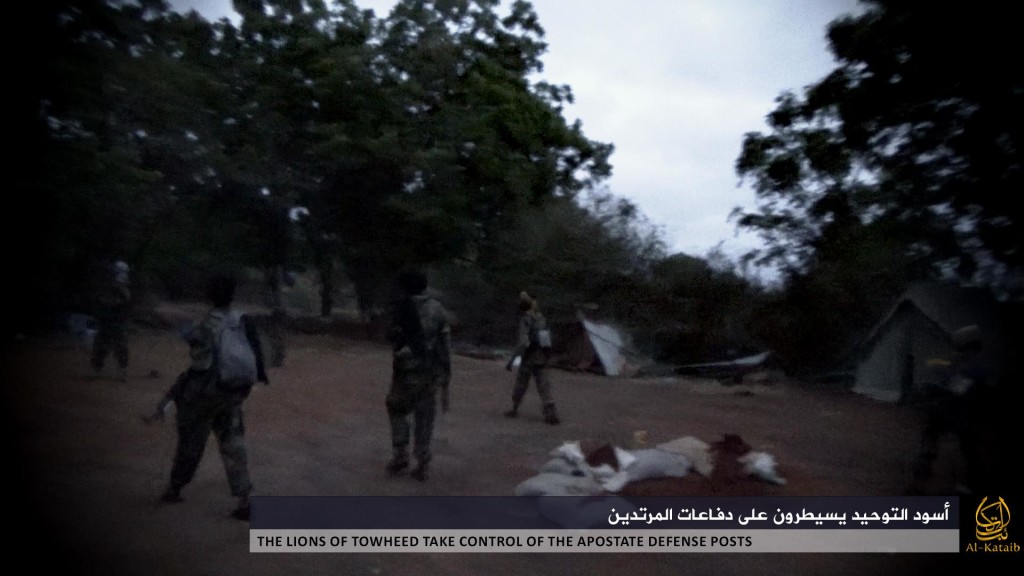
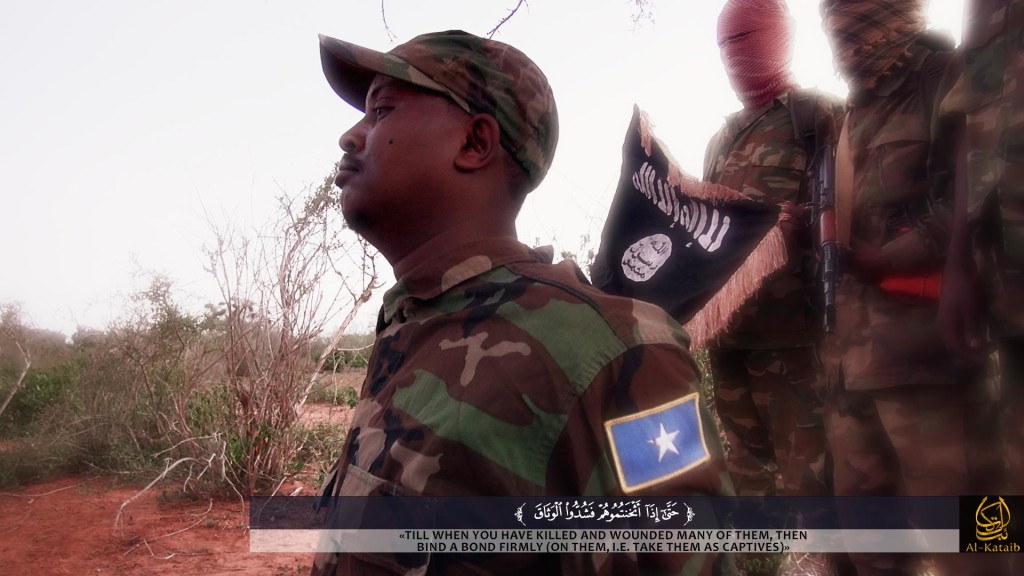
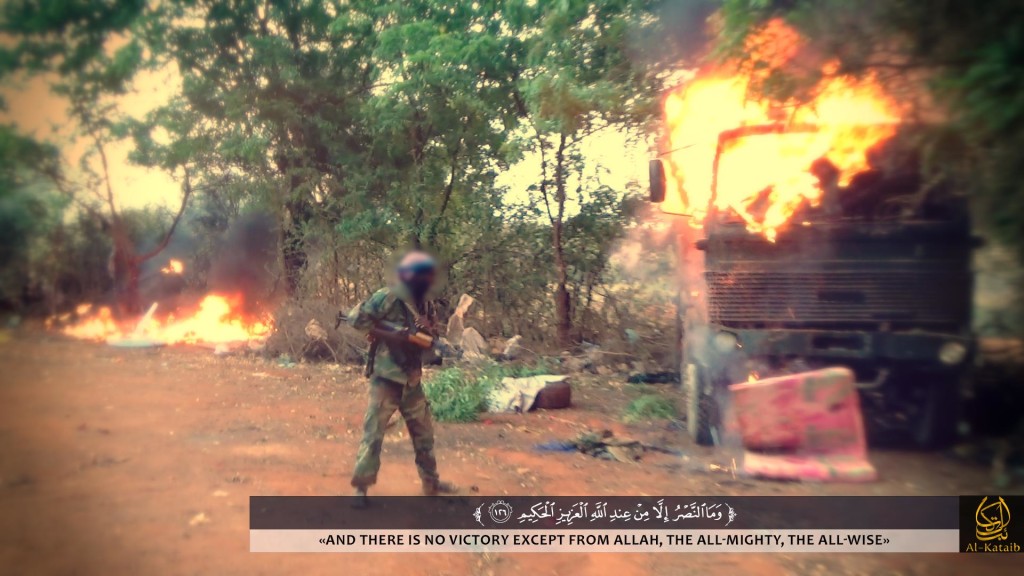
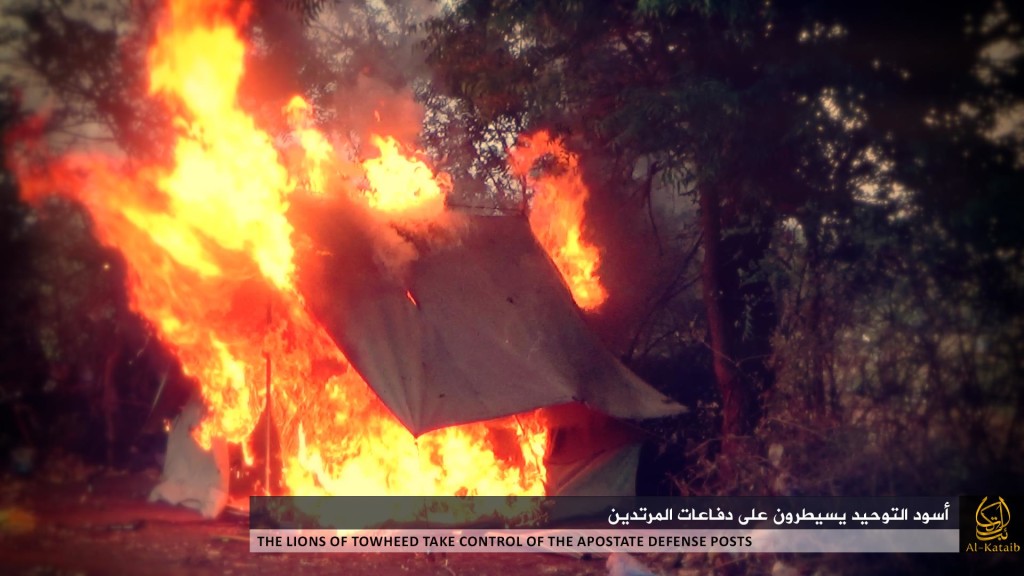
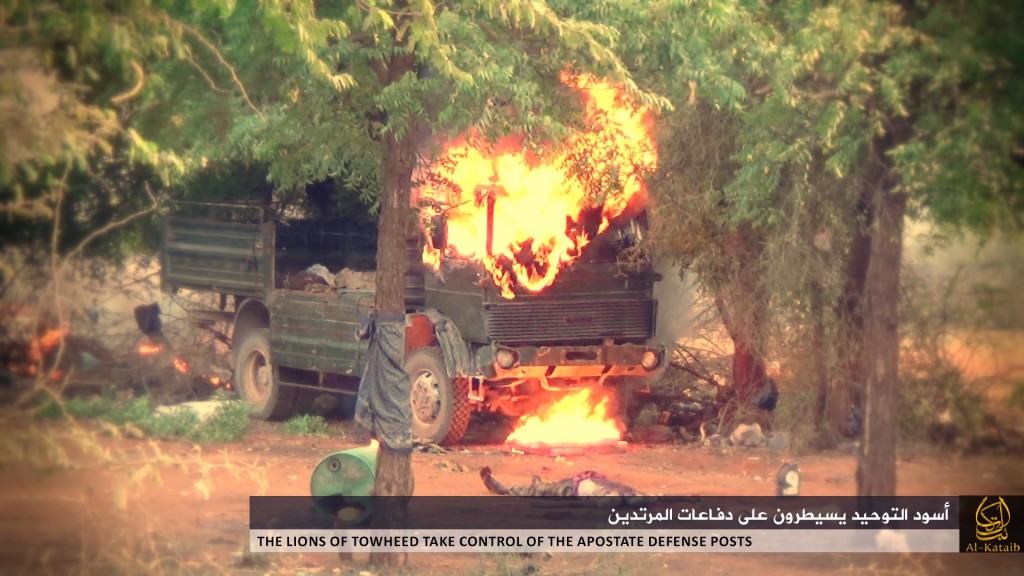
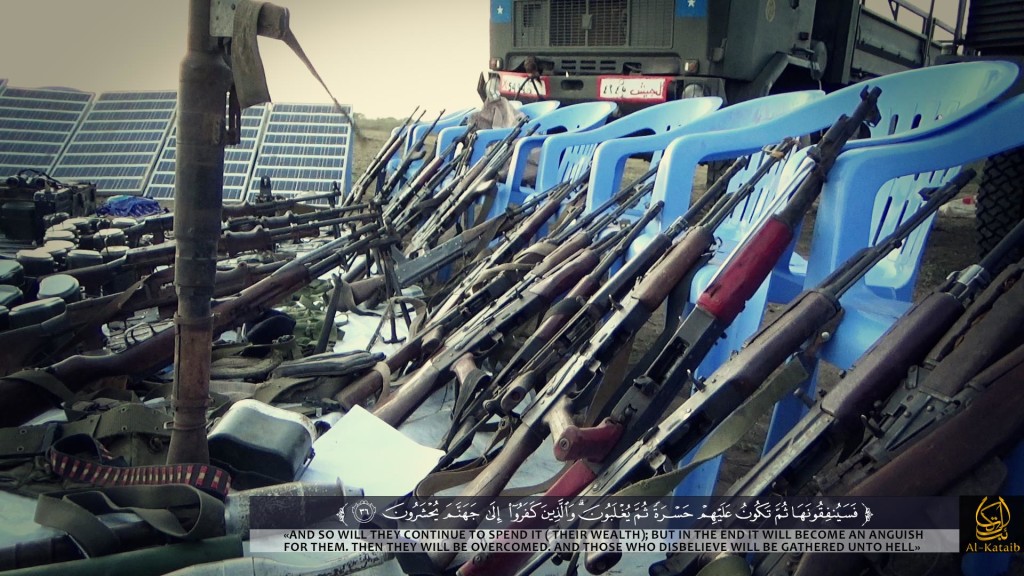
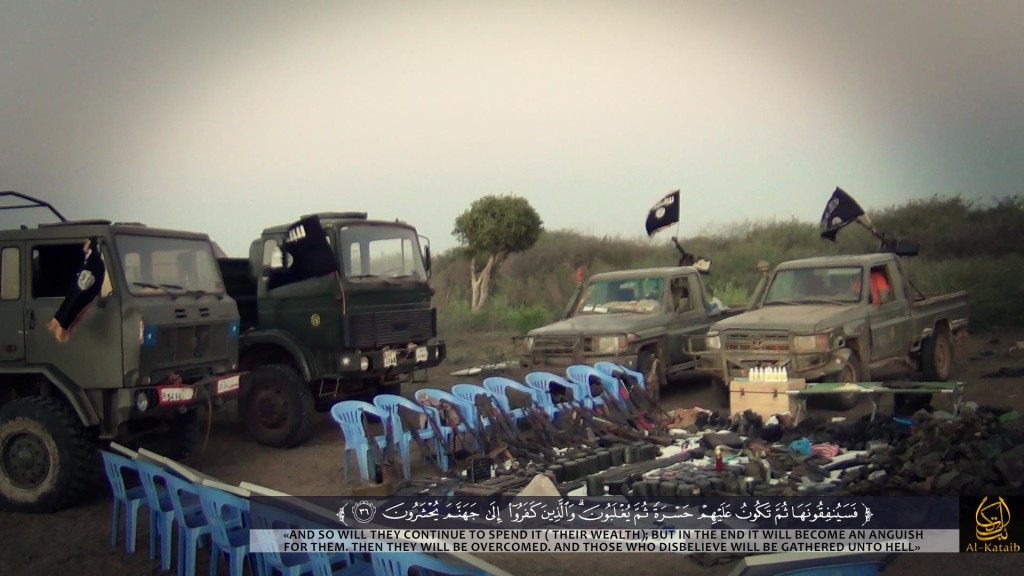







9 Comments
The African soldier, no matter which country is an untrained, corrupt and demoralised human. He is lucky to get a job, where the majority of his countrymen live off less than $2 a day. The soldier’s pay is, maybe, $100 a month or less and many time not regularly paid. On the other hand Al Shabab are a motivated lot like the North Vietnamese who defeated the most powerful army in the world, the US. Just having the West train African soldiers is not enough. It doesn’t work that way in the face of a determined and motivated enemy. The West needs to rid Africa of its dictators, kill the animosity between tribes and have honest leaders rule these countries.
@ Caleb
I thought Shabaab pledged “bayaat” to the Islamic state.
Or did Al Shabaab split, where some stayed with AQ and others went to isis?
In the pic 5 down, a fighter is holding the black shahada isis uses .
bummer
The Islamic State practically begged Shabab to join them about a week ago. That would be a massive boost to the Islamic State. Interesting also how the Islamic State also referred to Shahab as “mujahids”. It is interesting how historically, Shabab always seems to have put themselves first – even before, and after they joined AQ, they always used the Shabab name first and foremost, and every other label second.
If Shabab is an official East African branch of al Qaeda, this makes them a rival of Daesh. So why does their flag look near identical to Daesh?
“The West needs to rid Africa of its dictators, kill the animosity between tribes and have honest leaders rule these countries.”
Sure, and the world would be a better place if it wasn’t “bad”, yet it is. I hope you see the point I’m trying to make here.
They both use the shuhada flag, that’s why they look similar. The most hardcore jihadi groups use the ‘original’, barebones version. Other, different groups use variants in their logos.
I spent 8 years training African soldiers. The Ugandan and Rwandan soldiers are very competent and have solid TTP’s. Ugandan soldiers (on leave of absence) guarded many US FOB’s in Iraq – that’s how much we trusted them. The problem in AMISOM is there is not enough troops and the logistics challenges are very difficult. They have made a classic military mistake of expanding combat forces too far without being able to secure the LOC’s or support the FOB’s.
This is a noble goal for the West, Paddy. Unfortunately ridding a country of one dictator frequently leads to the rise of another. Look at Robert Mugabe for a good story of someone who initially looks like a nation’s savior turning to a disaster.
Preventing barbarism requires transparency and little to no corruption. This either develops on its own within a nation (perhaps Ghana?) or has to be imposed by a conquering and occupying force. Can the West ensure that funds dedicated to paying soldier’s wages don’t get siphoned off by his battalion or platoon leaders? Can the West do this while allowing the host nation to have anything more than nominal sovereignty?
There is hope, however.